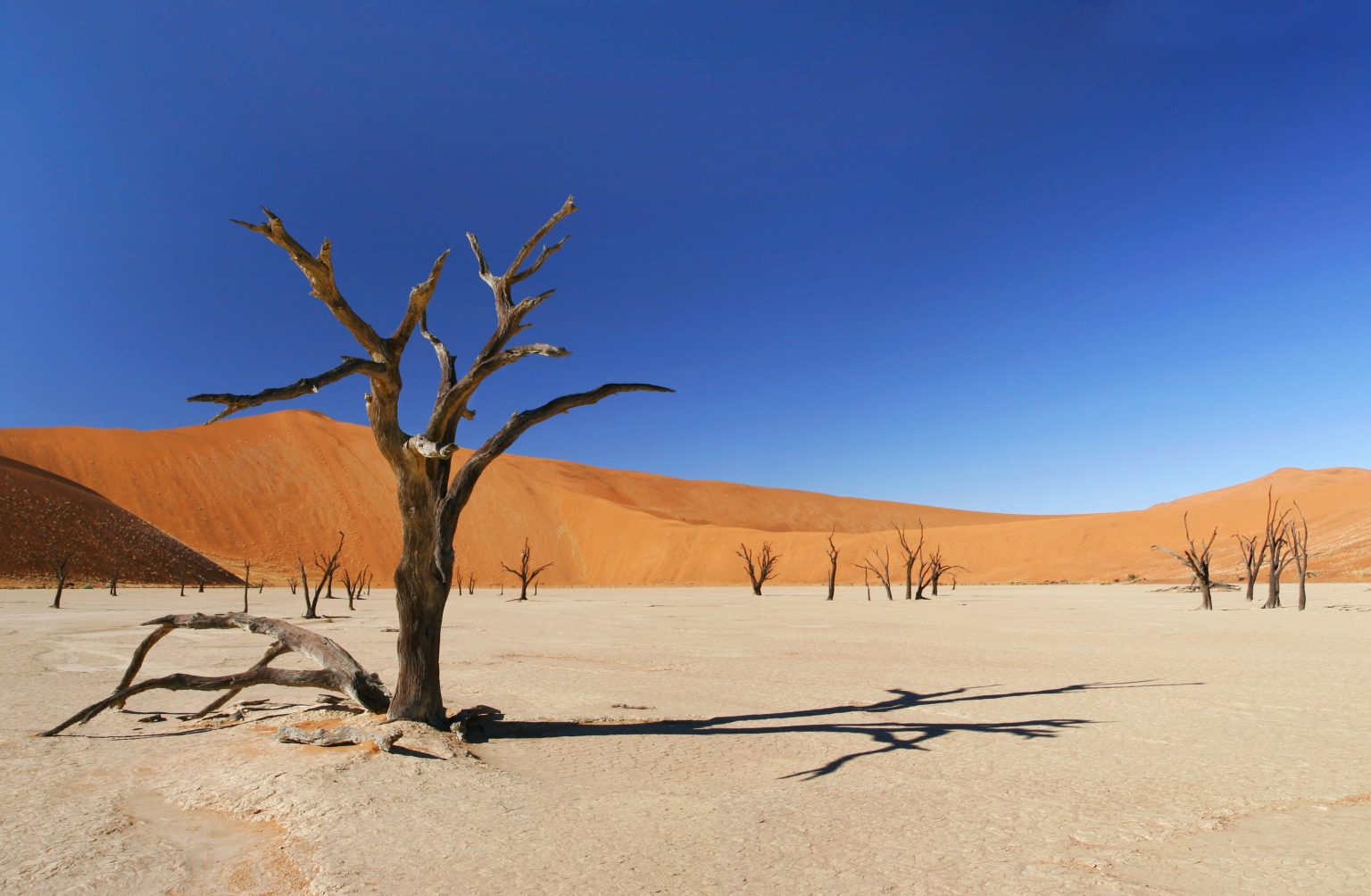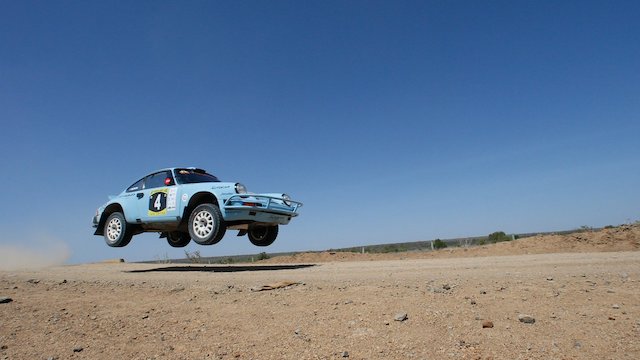Why Consider a Trip to Namibia
Namibia, with its dramatic landscapes, vast deserts, and diverse wildlife, offers an experience like no other. It is a destination that captivates the adventurous soul, drawing travelers who seek a blend of breathtaking natural beauty, thrilling outdoor activities, and an immersion into one of the most unique environments on the African continent. Whether it’s the towering sand dunes of the Namib Desert, the wildlife-rich plains of Etosha, or the stunning contrast of colors that change throughout the day, Namibia is an invitation to explore nature at its most raw and powerful.
One of the country’s most iconic attractions is undoubtedly the Namib Desert, home to some of the tallest sand dunes in the world. Here, the landscape is defined by deep orange and red sand that shifts under the sun, creating an ever-changing panorama. Sossusvlei, within the Namib-Naukluft National Park, is the prime location to witness these majestic dunes. Climbing the famed “Big Daddy” dune at sunrise or sunset, when the colors are most vivid, is a must for any traveler. Standing atop these massive formations, with the surreal view of cracked white clay pans and the ancient, dead camelthorn trees below, you’ll feel as if you’ve stepped into another world. The sheer silence of the desert amplifies its grandeur, offering a sense of solitude and peace that’s hard to find elsewhere.
But Namibia is much more than just its sand dunes. The country is home to a variety of ecosystems that support an impressive array of wildlife. This is particularly evident in Etosha National Park, one of Africa’s premier safari destinations. Etosha, meaning “Great White Place,” is a vast salt pan that dominates the landscape, surrounded by savannahs and woodlands that teem with animals. The park is famous for its ability to offer incredible game viewing year-round, thanks to the numerous waterholes scattered throughout its territory. Visitors can expect to see lions, elephants, rhinos, giraffes, and large herds of zebras and springboks. During the dry season, when water is scarce, these waterholes become a focal point for animal activity, providing some of the most concentrated wildlife spectacles on the continent. Etosha’s unique landscape, coupled with its accessibility, makes it an ideal choice for both first-time safari-goers and seasoned travelers.
Another region that deserves attention is the starkly beautiful Skeleton Coast, a remote and hauntingly beautiful stretch along Namibia’s northwestern coast. Named for the countless shipwrecks that dot its shores, this area is often shrouded in mist, creating an ethereal atmosphere. The Skeleton Coast National Park offers an opportunity to see the desert meet the ocean, where massive sand dunes collapse into the Atlantic’s roaring surf. It’s also home to unique wildlife like the desert-adapted elephant and seal colonies, providing further testimony to the resilience of nature in this extreme environment. Traveling along this rugged coastline, you can explore historic shipwrecks, abandoned mining camps, and the otherworldly landscapes of the park.
For those interested in indigenous culture, Namibia’s Damaraland region offers a fascinating insight into the traditional lifestyles of the Himba people, one of Africa’s last semi-nomadic tribes. Visitors can engage with the Himba, learning about their way of life, their unique customs, and their impressive adaptation to the harsh desert conditions. Damaraland itself is also known for its stunning rock formations, such as the towering Spitzkoppe and the ancient rock art at Twyfelfontein, a UNESCO World Heritage site. The engravings and paintings found here date back thousands of years and provide a glimpse into the spiritual world of Namibia’s early inhabitants.
Luxury accommodation in Namibia are as varied as its landscapes, ranging from desert lodges to safari camps. Some of the most spectacular places to stay are located within private reserves or remote corners of national parks, offering unparalleled access to nature without compromising on comfort. For example, Serra Cafema Camp, located in the far north, is one of the most isolated lodges in southern Africa, providing an exclusive retreat surrounded by stunning desert scenery. Similarly, Ongava Lodge, situated on the edge of Etosha, combines excellent service with superb game viewing right from your doorstep.
When planning a trip to Namibia, it’s essential to take the time to explore beyond the well-known destinations. The southern region of the country, for instance, is home to the surreal quiver tree forest and the Fish River Canyon, the second-largest canyon in the world. The canyon offers fantastic hiking opportunities, particularly the famous Fish River Canyon Hiking Trail, which takes you through its dramatic depths over several days. If you’re up for the challenge, this trail is a rewarding way to experience one of Namibia’s most spectacular natural wonders. Alternatively, for a less strenuous visit, there are shorter hikes and viewpoints that still provide stunning vistas of this geological marvel.
The Caprivi Strip, in the northeast, is another hidden gem that deserves more attention. This narrow strip of land, wedged between Angola, Zambia, and Botswana, is vastly different from the rest of the country. Lush and green, with rivers, floodplains, and dense woodlands, it offers a completely different set of experiences. Here, you can embark on boat safaris along the Zambezi River, explore Bwabwata National Park, or enjoy excellent birdwatching. The Caprivi is also a gateway to the neighboring countries, making it an ideal stop on a multi-country safari.
For adventure enthusiasts, Namibia offers a range of activities that cater to various interests. From sandboarding and quad biking in the dunes of Swakopmund to hot air ballooning over the Namib Desert, there’s no shortage of ways to experience the country’s incredible landscapes. Swakopmund, a coastal town with a strong German colonial heritage, is the adventure capital of Namibia. Beyond its adrenaline-pumping activities, the town itself is worth a visit for its quirky architecture, excellent seafood restaurants, and access to the nearby Cape Cross seal colony. If you’re looking for a thrilling experience, consider a flight over the desert in a small plane, where you’ll get a bird’s-eye view of the dunes, salt pans, and shipwrecks that define Namibia’s unique character.
While Namibia’s allure lies in its natural beauty, its infrastructure is surprisingly good, making it easier to explore than you might expect. The roads, although often gravel, are well-maintained, and a network of campsites, lodges, and rest stops ensures that you’re never too far from a place to rest. Renting a 4×4 vehicle is highly recommended, as it allows you to venture off the beaten path and truly appreciate the country’s remote and unspoiled corners. Self-driving is a popular way to see Namibia, offering the freedom to explore at your own pace and stop at those unexpected viewpoints that reveal the country’s incredible diversity. For those who prefer a guided experience, several tour operators offer customized itineraries that take care of the logistics while providing insightful commentary on the region’s history, geology, and wildlife. The Namibia Tourism Board’s website is an excellent resource for planning your trip, offering tips on travel routes, accommodation, and activities.
In summary, Namibia is a country that rewards the curious and the adventurous. It’s a place where vast empty spaces invite you to pause, reflect, and appreciate the power of nature. Whether you come for the iconic sand dunes, the abundant wildlife, or the chance to experience a truly remote and wild landscape, Namibia offers a journey that is both unforgettable and transformative. So, if you’re considering a new destination for your next trip, make sure Namibia is at the top of your list. The landscapes, the wildlife, and the profound sense of solitude will stay with you long after you’ve returned home.





